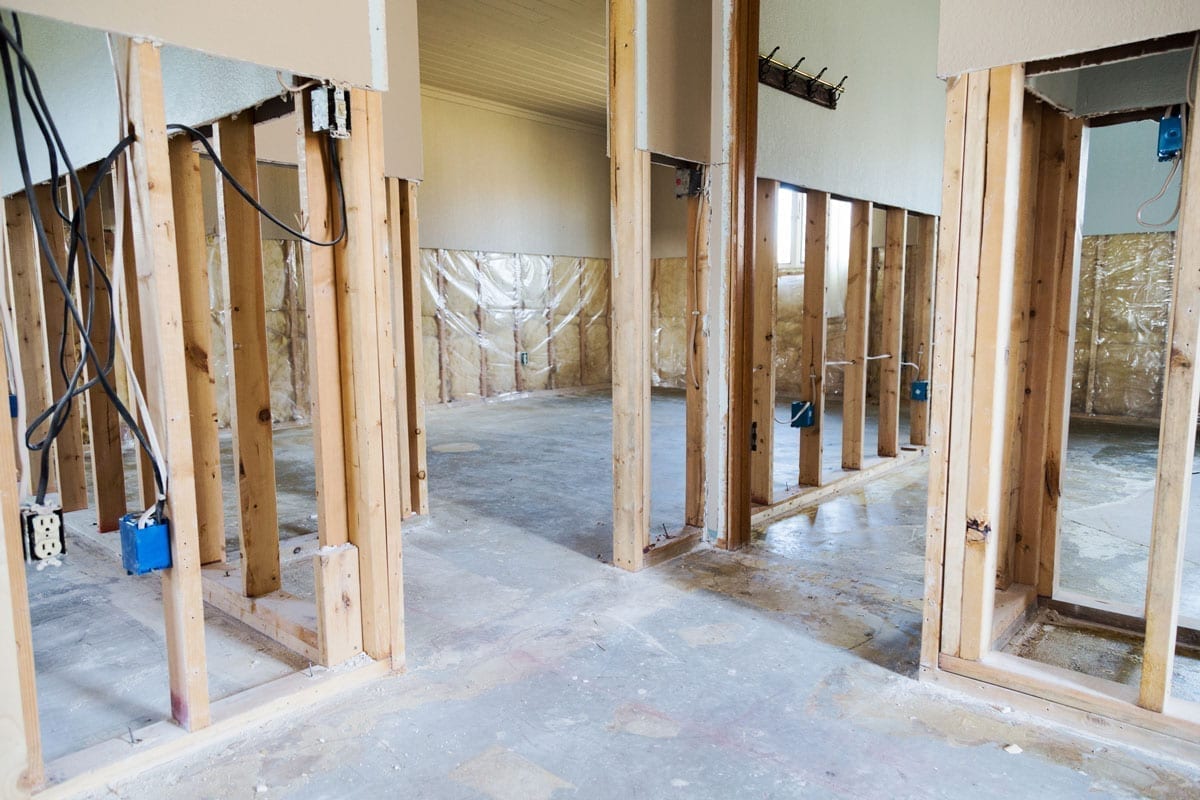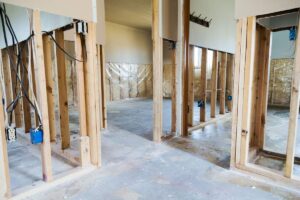
Emergency Electrical: What to Look For in Electrical Wiring When Buying A Home

Home Electrical Wiring
Old homes are often beautiful and full of character, but you don’t want that character to include dangerous wiring, even if you like a bit of spark in your life. Wiring deteriorates over time, and standards change as technology develops and safer implements become available. Check to make sure, especially in an older house, that the system has been appropriately modernized. Knob-and-tube wiring may still be present in houses built in the early 20th century, lacking ground wires and a major fire hazard as they deteriorate. You may love the historical stained glass, but no one loves a historical electrical panel, which constitutes a safety hazard and a potential source of a lot of inconvenience. Make sure all outlets are properly grounded and that the areas that usually take a beating (the kitchen, bathroom, etc.) are properly protected to modern standards.
Residential Electric
Unfortunately, even a new home should be checked for the negative effects of user error. If the previous owner was delinquent making roofing repairs, you may find some problems in your attic space. Likewise, if the previous owner overloaded the circuits regularly, there may be signs of this emergency electrical issues in attic or basement areas. Overloading circuits that do not have circuit breakers can result in overheating and melting insulation, which will remain a problem even after the circuit load is returned to a safe level. They may have also treated outlets poorly or taken shortcuts when having repairs done, which can result in unsafe conditions. Check all outlets for damage, and be especially wary of outlets that seem not to be working—this could be a sign of a poor connection or broken wires that could be a major safety hazard and may require emergency electrical work.
Keep Up with Power Requirements
If all of your wiring is up to date and in good condition, you should have nothing to worry about. That is, if you like to live life unplugged. Unfortunately, most homes do not have their wiring updated frequently enough to keep pace with the ever-growing electrical needs of modern life. Our laptops, monitors, TVs, cable receivers, internet receivers, hair dryers, cell phones, tablets, kindles, just to name a few, all need electricity. You will likely need to install additional outlets in an older house (even one that isn’t very old) to accommodate all of your gadgets, so make sure you know how much you will need to invest to accommodate your power requirements so you don’t incur an emergency electrical problem.
Emergency Electrical
Wiring doesn’t need to be a deal breaker for your new house, but it should factor when calculating the cost of your new house. If significant improvements are needed, talk to the seller to negotiate including the cost of electrical work into the price you pay for the house. When you move into your new home, be sure that it is safe and really meets all your needs.
